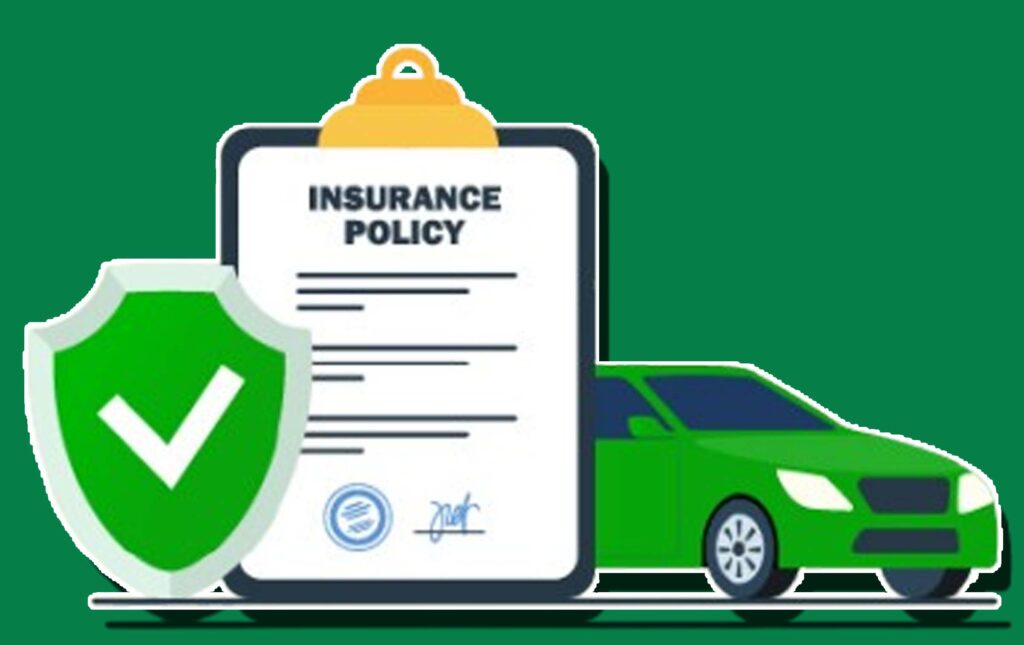What Is Own Damage (OD) Car Insurance? When shopping for car insurance, you encounter terms like “Third-Party,” “Comprehensive,” and “Own Damage.” While Third-Party coverage is a legal requirement in many places, the Own Damage (OD) component is arguably the most crucial coverage for protecting your personal asset: your vehicle.

Simply put,Own Damage (OD) Car Insurance is the part of your policy that specifically covers the cost of repairing or replacing your own car if it sustains damage due to an accident, theft, or a variety of other unforeseen events. It provides a financial safety net, ensuring that you don’t have to pay for costly repairs out-of-pocket when disaster strikes your vehicle.
The Core Difference: Who Gets Paid?
To understand Own Damage coverage, it helps to distinguish it from the legally mandatory Third-Party Liability coverage:
| Insurance Type | What it Protects | What it Pays For |
| Third-Party Liability | Others (people, property, vehicles) | Damage, injury, or death you cause to a third party. |
| Own Damage (OD) | You (the policyholder) | Damage to your insured vehicle (regardless of fault). |
| Comprehensive | Both | Combines both Own Damage and Third-Party Liability coverage. |
What Does Own Damage (OD) Car Insurance Cover?
The great value of an OD policy lies in its broad coverage for incidents that can result in expensive repairs or total loss. It covers your car against damages arising from:
- Accidents: Damage sustained in a collision, crash, or impact, whether or not you are at fault.
- Natural Calamities: Damage from uncontrollable weather events like floods, cyclones, hurricanes, earthquakes, and hailstorms.
- Man-Made Disasters: Damage caused by external malicious acts, such as riots, strikes, vandalism, or acts of terrorism.
- Theft: If your car is stolen and not recovered, the policy compensates you up to the vehicle’s Insured Declared Value (IDV).
- Fire: Damage caused by fire, explosion, or self-ignition (internal combustion).
- Transit Damage: Damage that occurs while the car is being transported (e.g., by road, rail, or ship).
How the Claim Process Works
When you file an Own Damage claim (e.g., after an accident), the process focuses entirely on the damage to your car:
- Survey and Assessment: The insurer sends a surveyor to assess the damage to your vehicle and estimate the repair cost.
- Deductibles: You pay the deductible—a fixed, required amount you pay out-of-pocket—and the insurance company covers the remaining repair costs up to the policy limit.
- Settlement: The insurer pays the garage directly (for cashless service) or reimburses you for the approved amount.
Key Factors That Determine Your Premium
The cost of your OD premium is directly linked to the value and risk profile of your vehicle:
- Insured Declared Value (IDV): This is the maximum amount the insurer will pay if the car is stolen or totaled. The higher the IDV (i.e., the newer or more expensive the car), the higher the premium.
- Vehicle’s Age: Since cars depreciate, older vehicles have lower IDVs, resulting in lower OD premiums.
- No Claim Bonus (NCB): A significant discount earned on your OD premium for every consecutive year you do not file a claim.
In summary, while mandatory Third-Party insurance protects you from legal liabilities to others, Own Damage insurance protects your physical asset—it is the ultimate defense against the financial burden of unexpected repairs or replacement.



